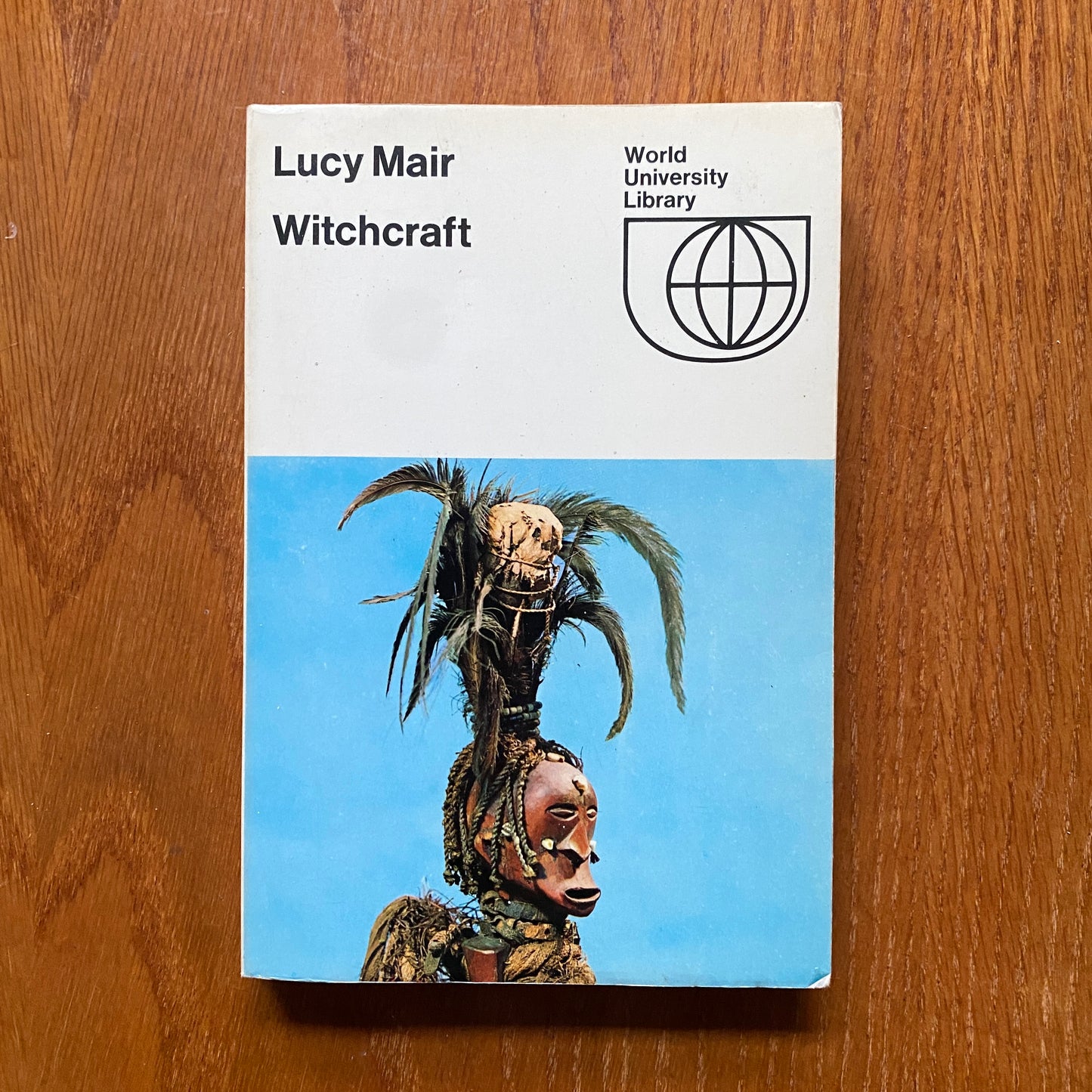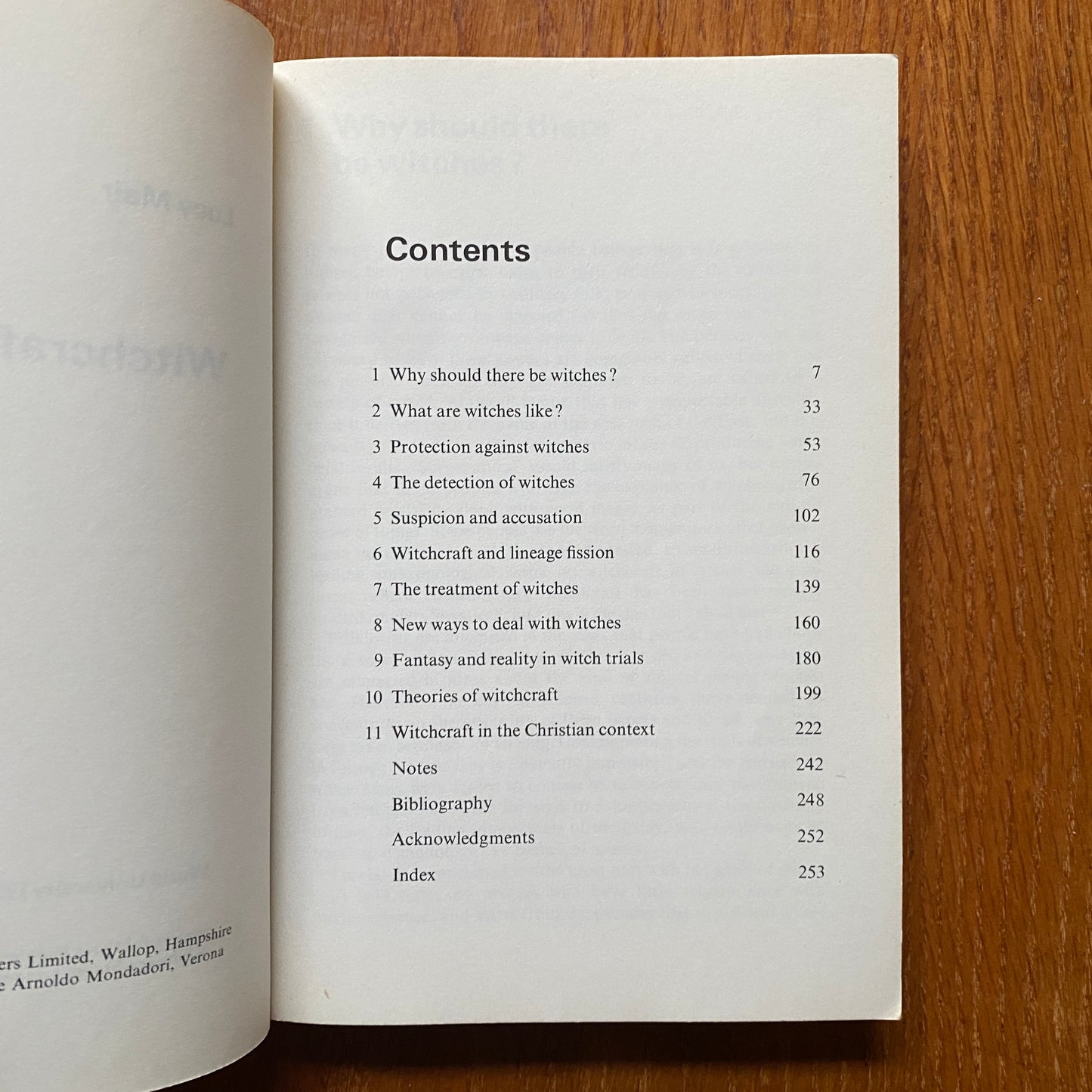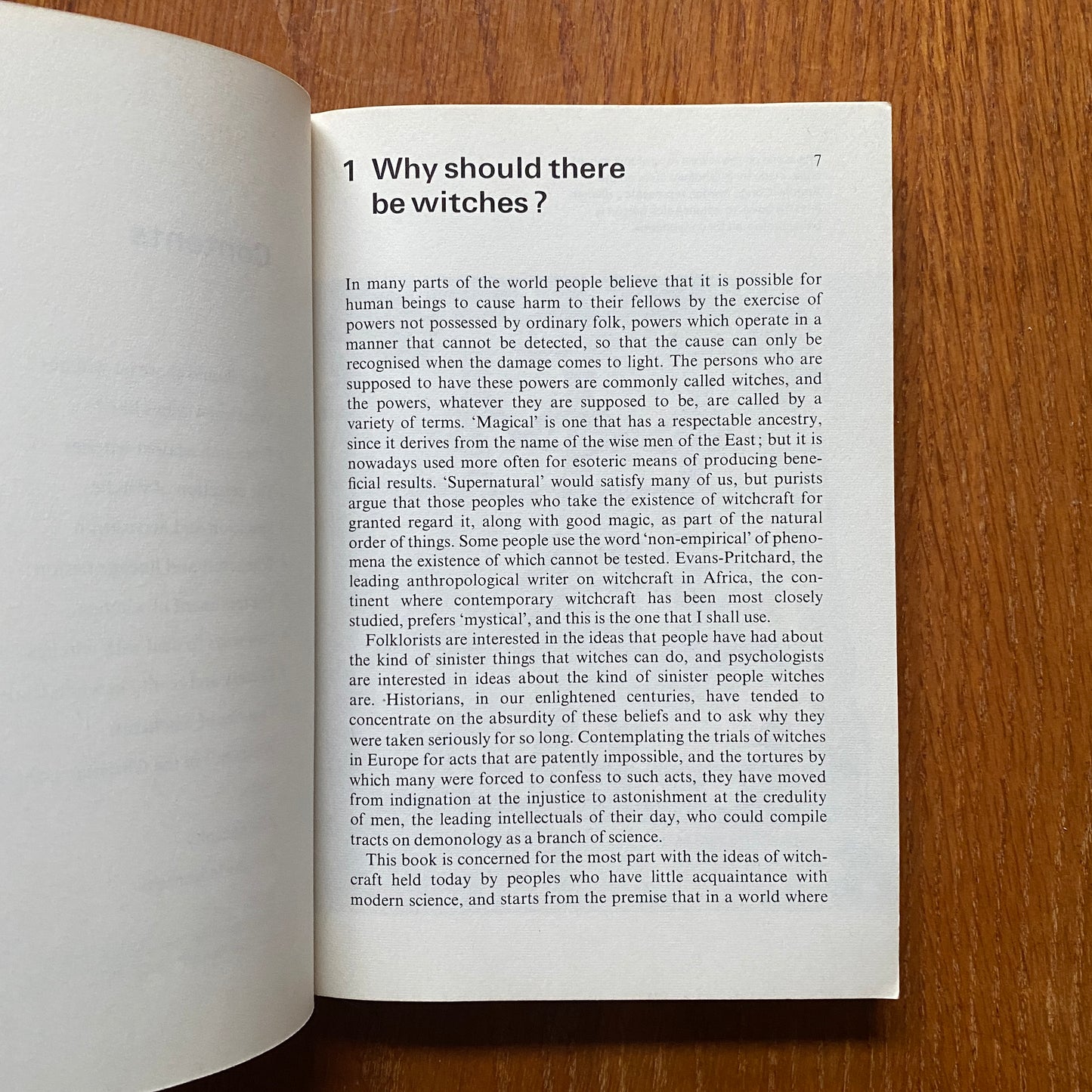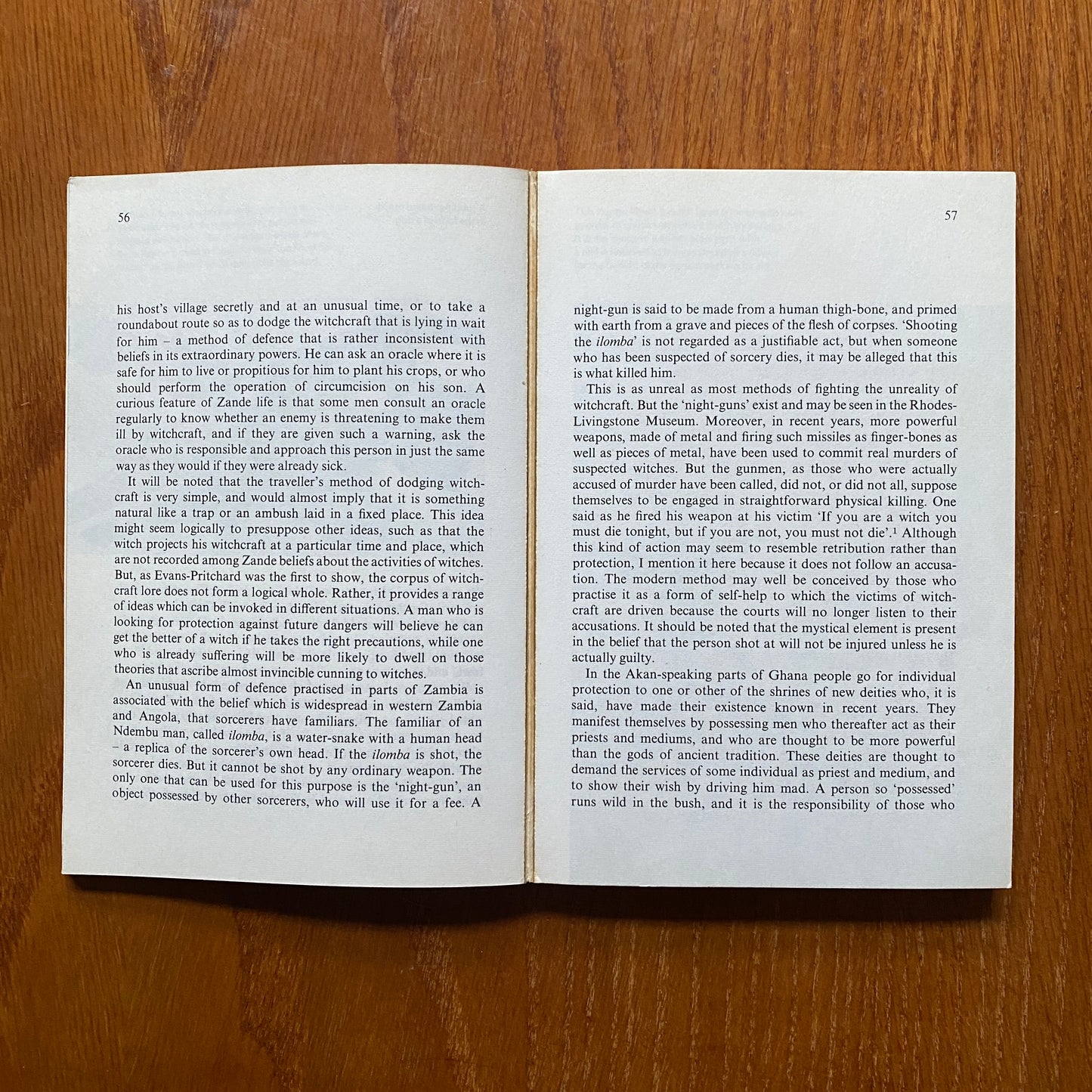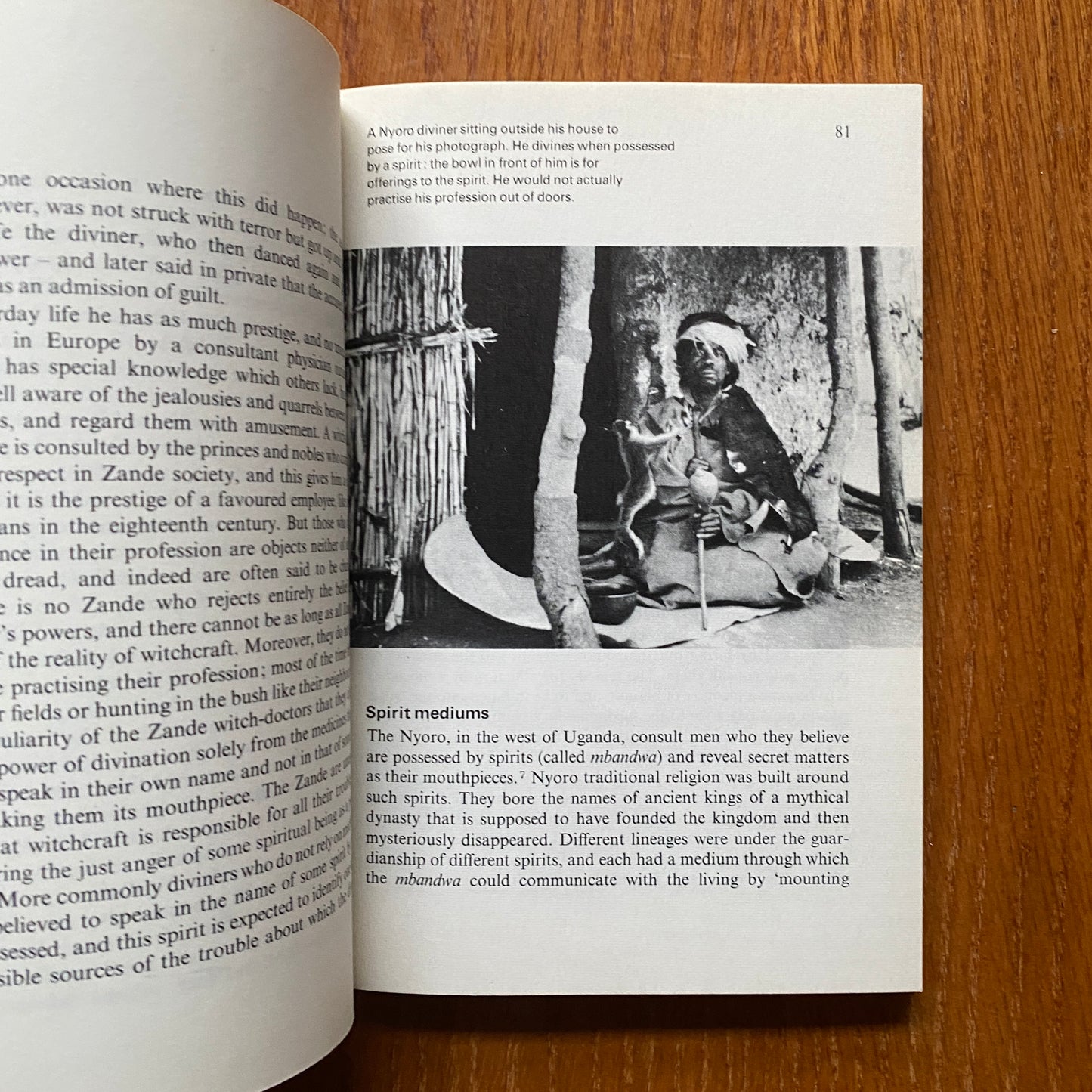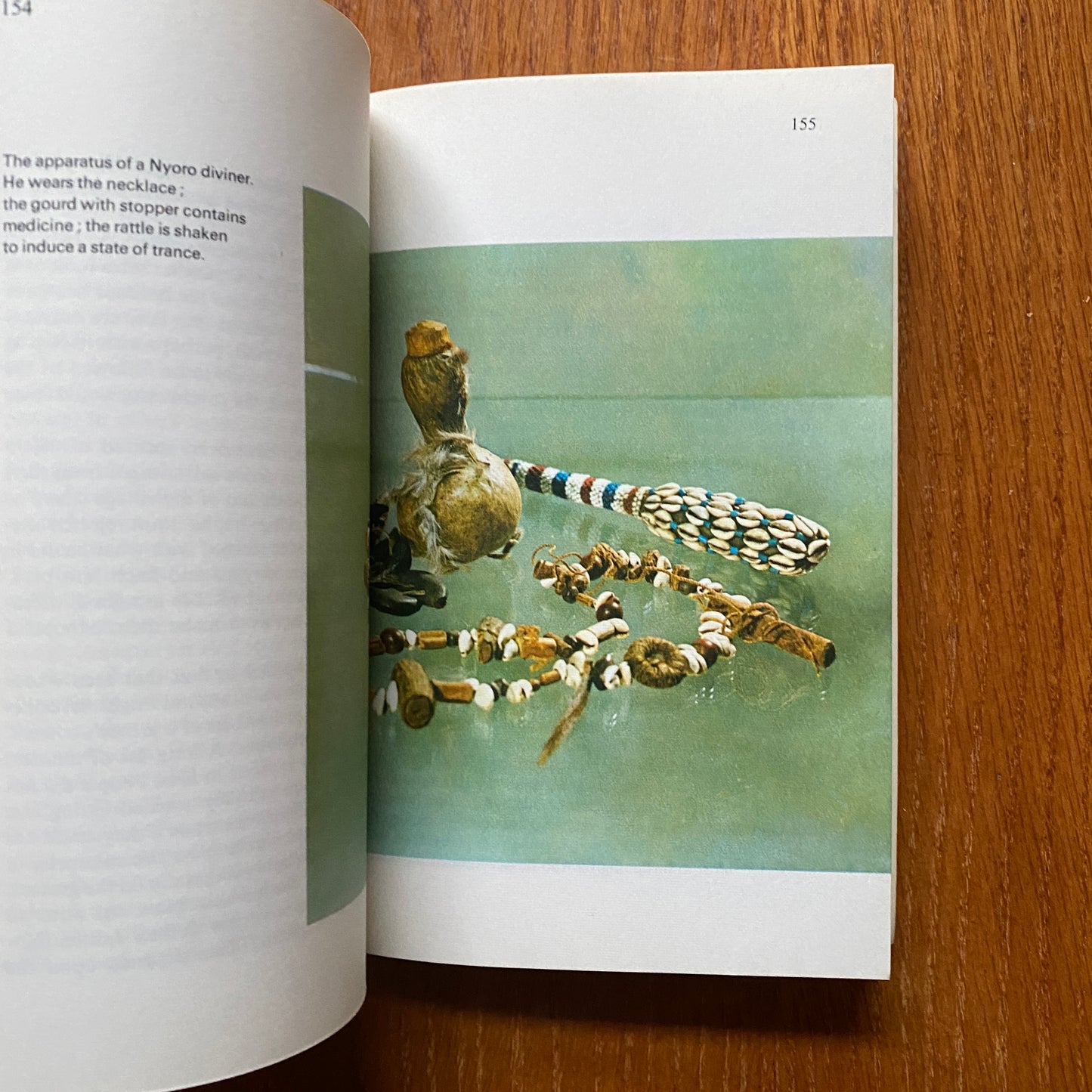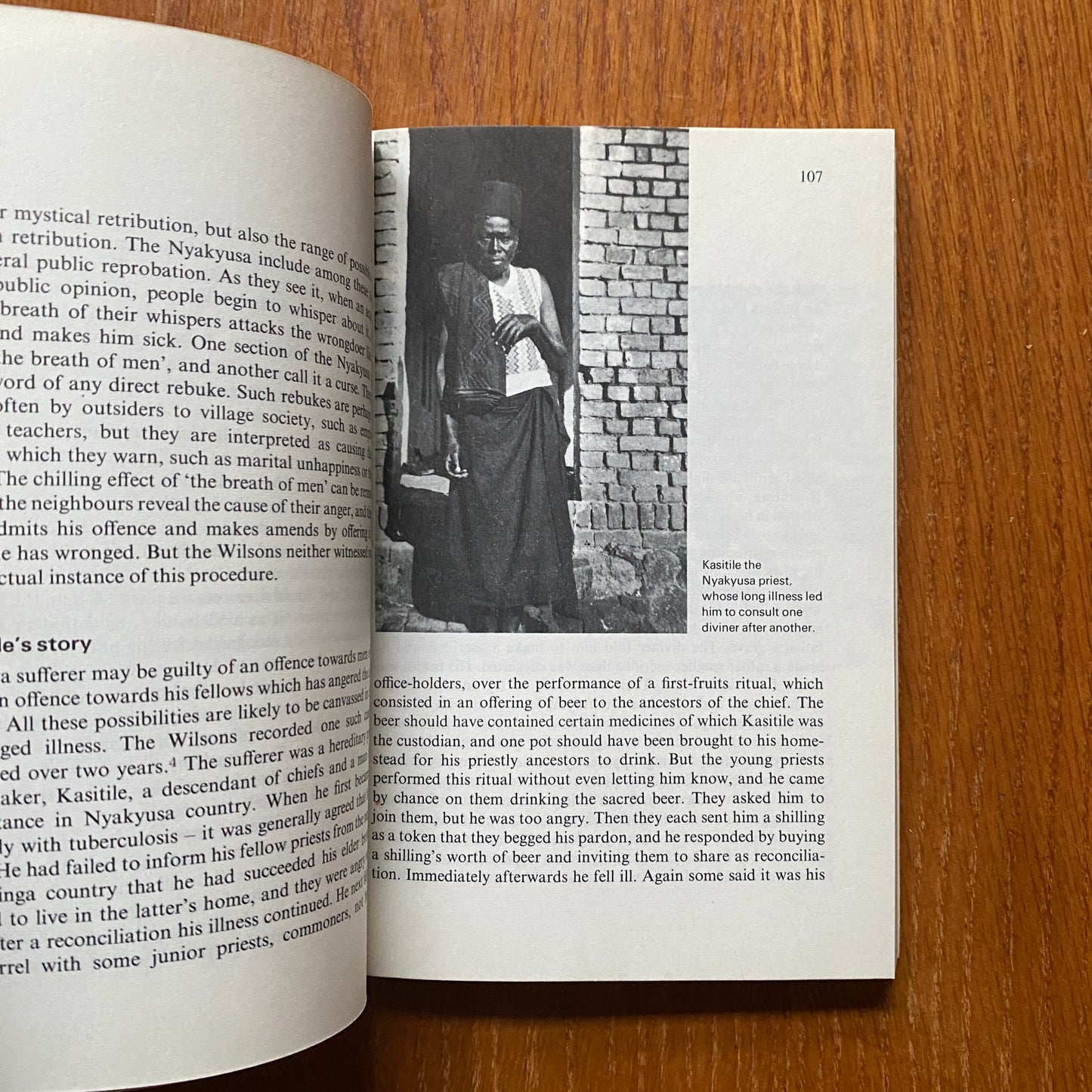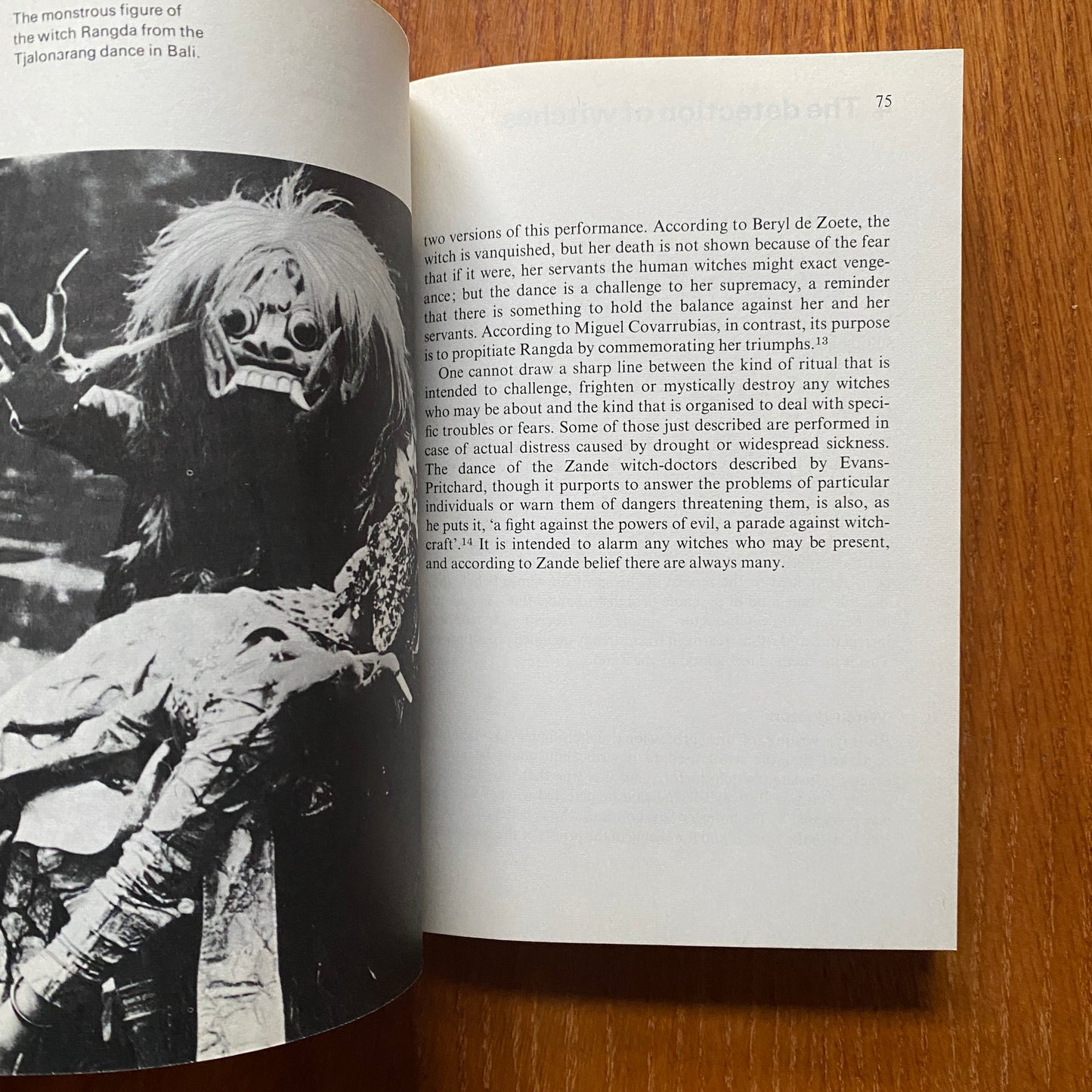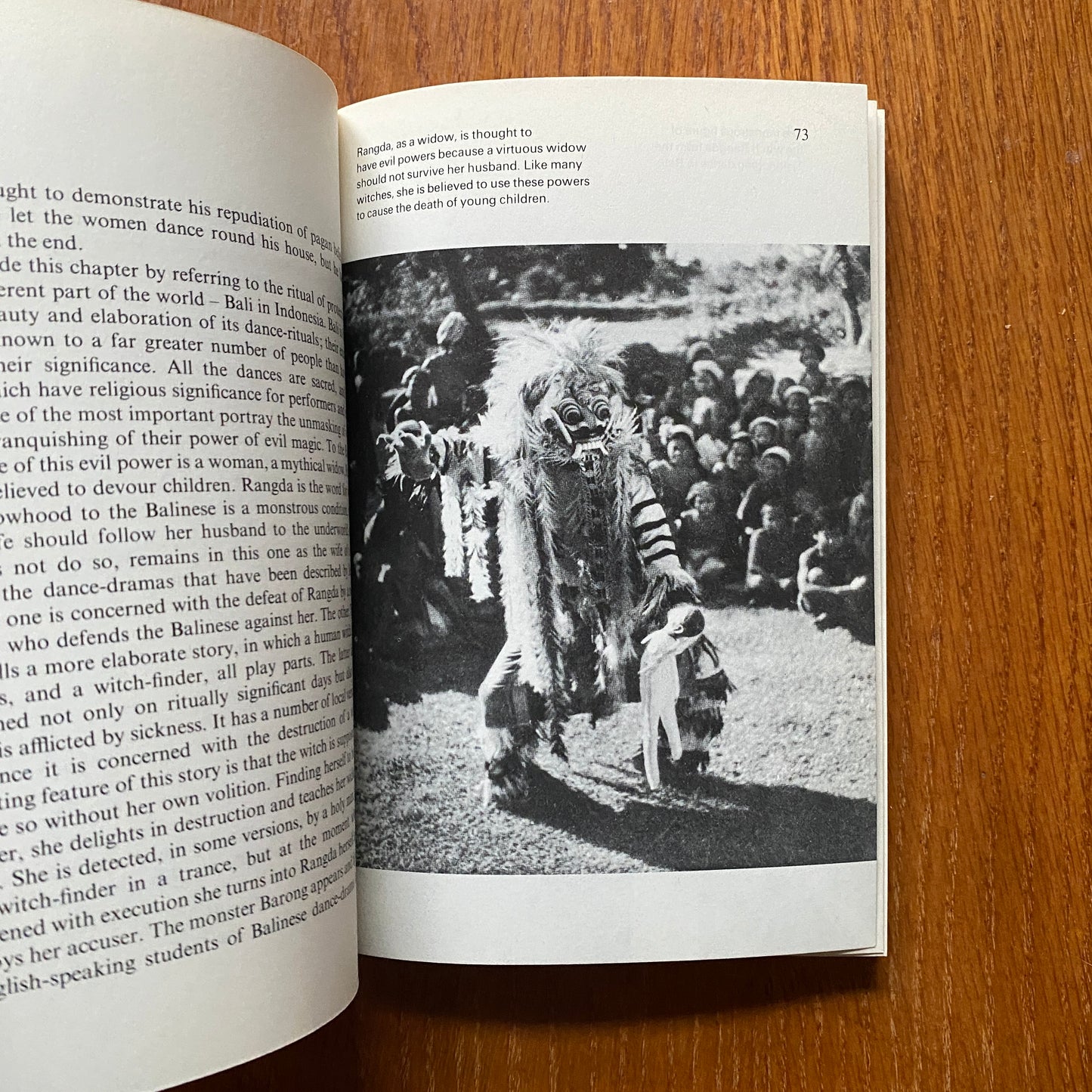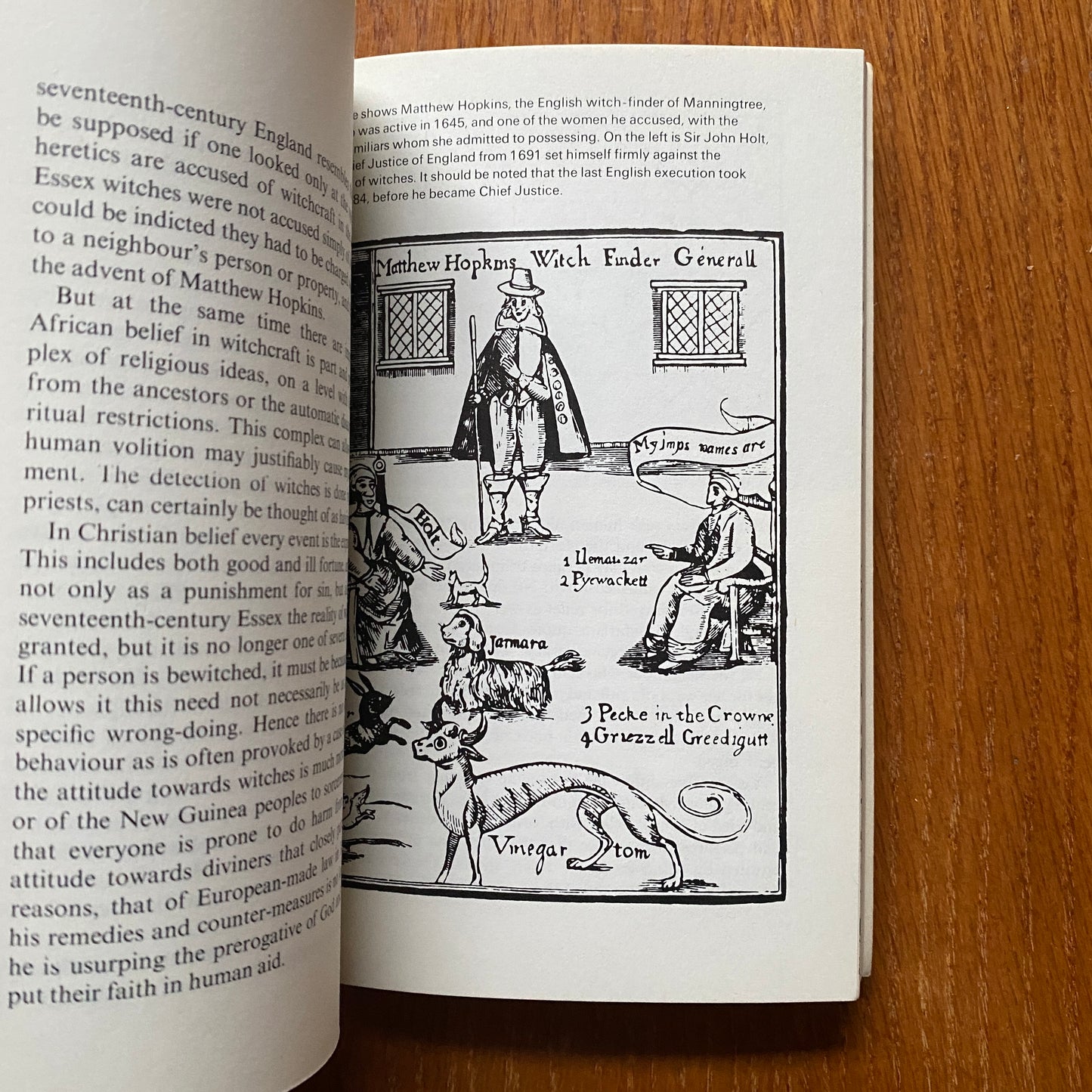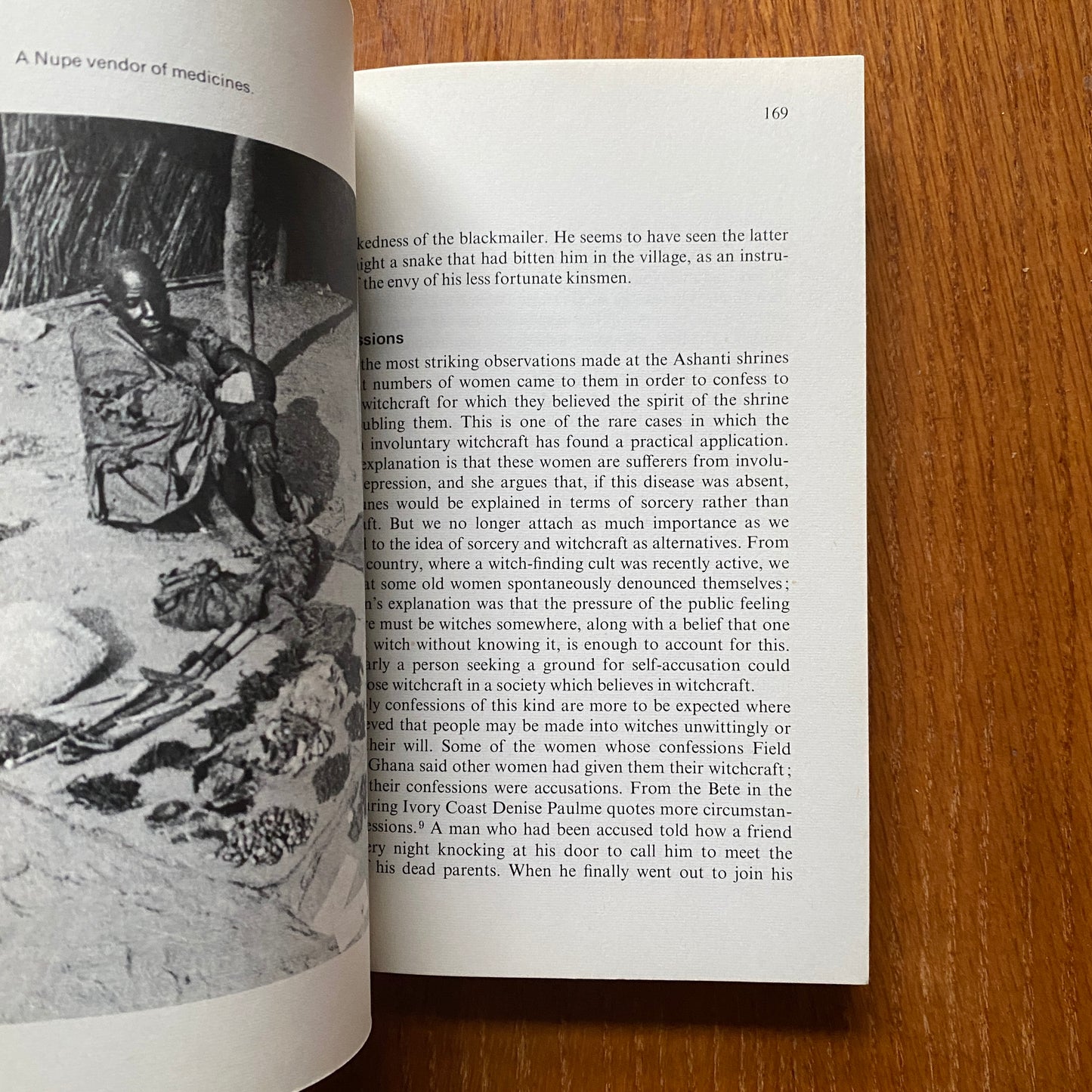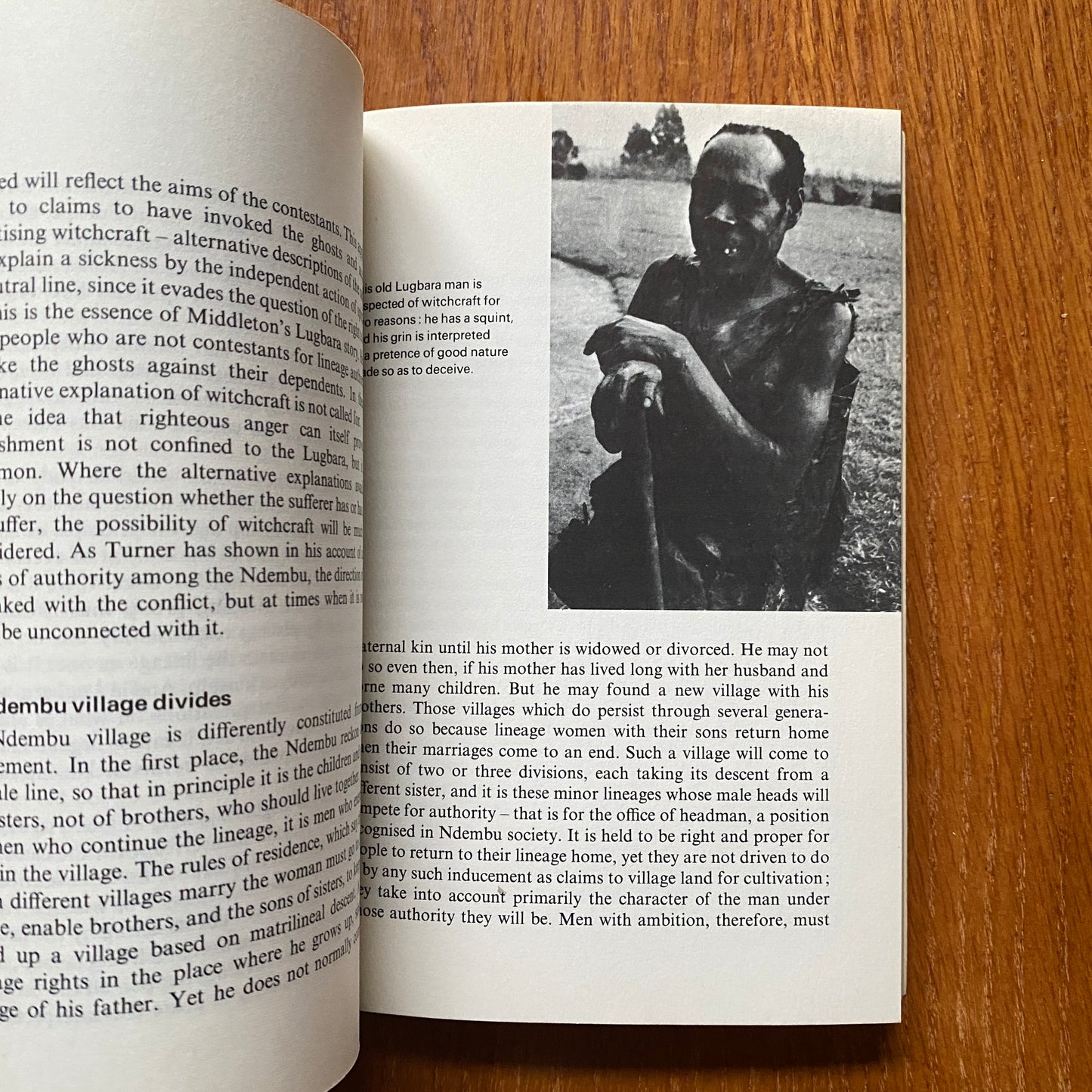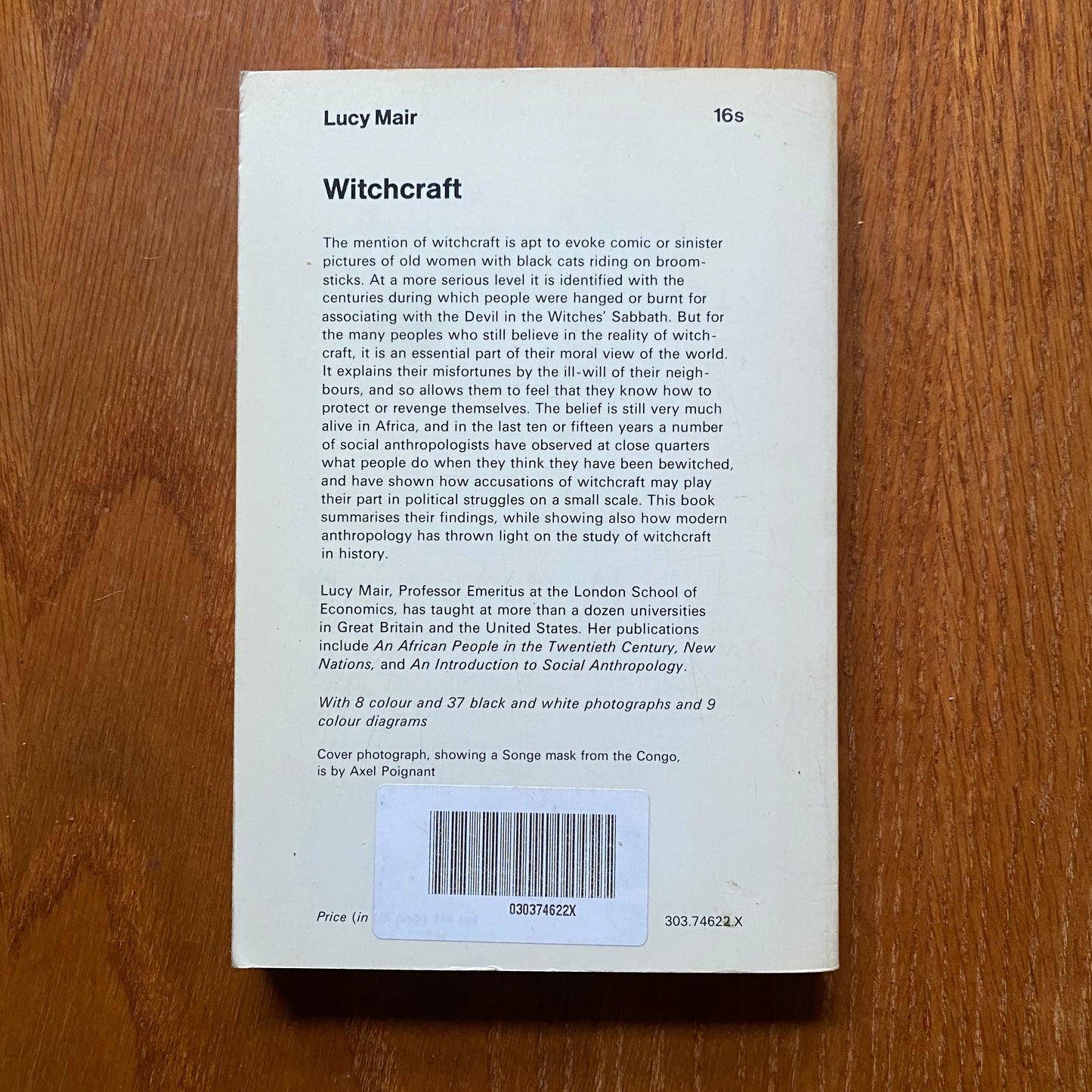Rumorbooks
Witchcraft - Lucy Mair
Witchcraft - Lucy Mair
Couldn't load pickup availability
The book itself predominantly concerns itself with small-scale societies. Of these there is more of an emphasis on Africa. Although it also covers other regions as well as the witchcraze in the 15th to 18th centuries. Like any overview there is some material which will be familiar to introductory level readers.
Witchcraft being attributed to misfortune as demonstrated in the classic granary example. For instance the role witchcraft accusations have played in some societies regarding lineage fission. The work on the witchcraze also contained a lot of new material as pointed out by Mair it is not commonly treated in the same way small-scale witchcraft is studied.
Lucy Philip Mair was a British anthropologist. She wrote on the subject of social organization, and contributed to the involvement of anthropological research in governance and politics.
Mair read Classics at Newnham College, Cambridge, graduating with a BA in 1923. In 1927 she joined the LSE, studying social anthropology under Bronisław Malinowski, and commenced ethnographic fieldwork in Uganda in 1931. At Malinowski's direction[5] she spent her time in Uganda studying social change, returning to the UK in 1932 to submit her dissertation and receive her PhD. She began lecturing at LSE the same year, but joined the Royal Institute for International Affairs with the outbreak of World War II. In 1943 she moved to the Ministry of Information, then at the war's end took a job training Australian administrators for work in Papua New Guinea.
In 1946 Mair returned to LSE as reader in colonial administration, commencing a second readership (in applied anthropology) in 1952. In 1963 she became a professor, a post she held until retirement in 1968. In 1964 she was made president of Section N of the British Association for the Advancement of Science. She gave the 1967 Frazer Lecture at Cambridge University.
The book has a split spine however the pages are intact and show minimal signs of ageing. See pics.
Share
